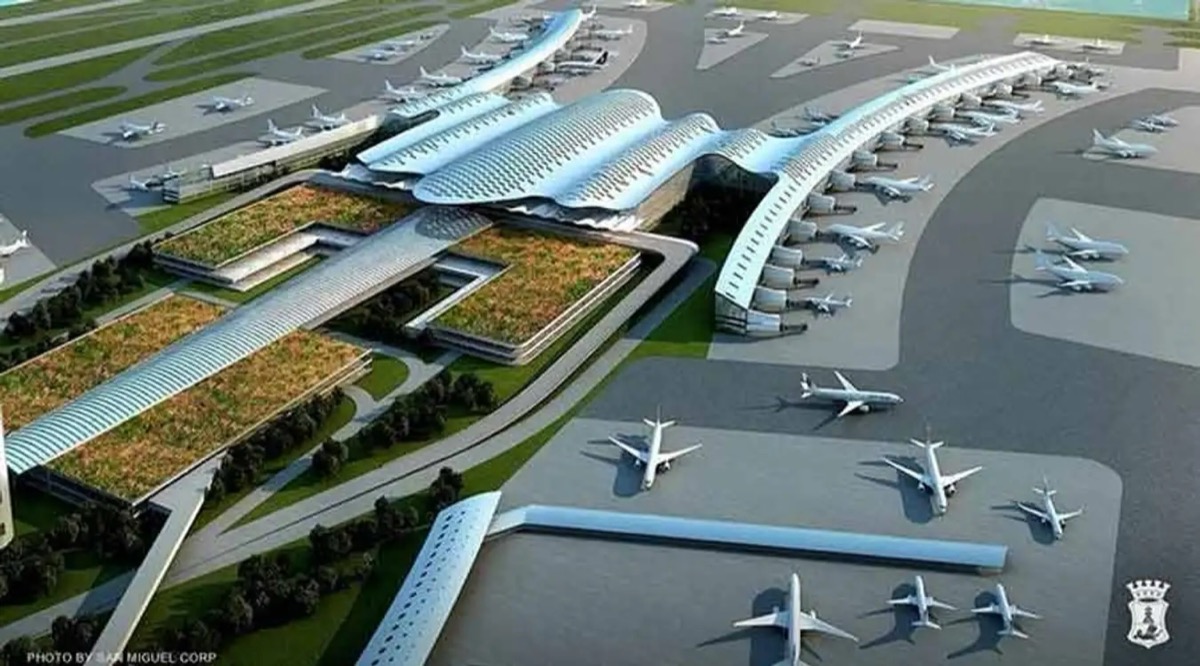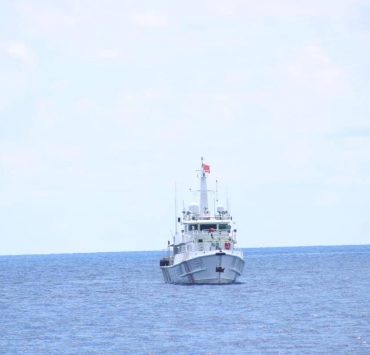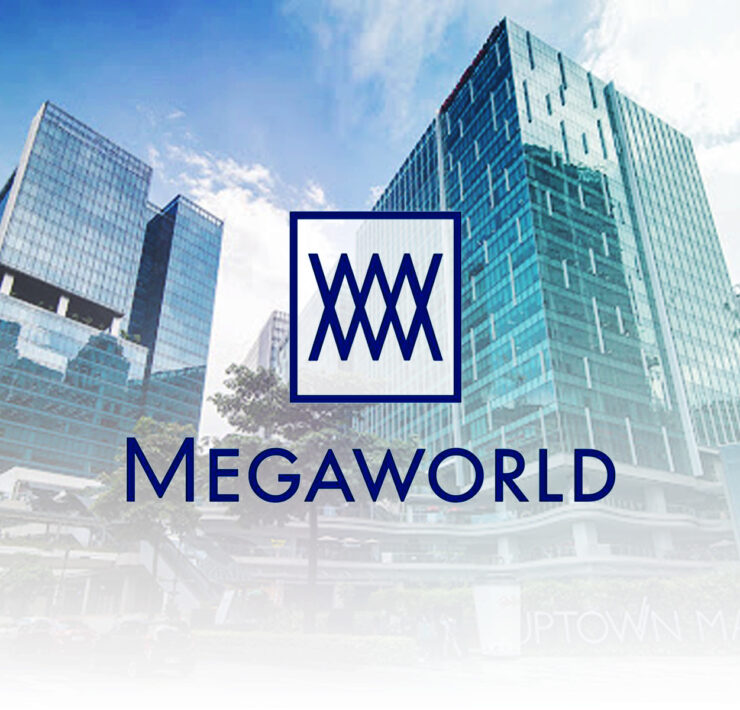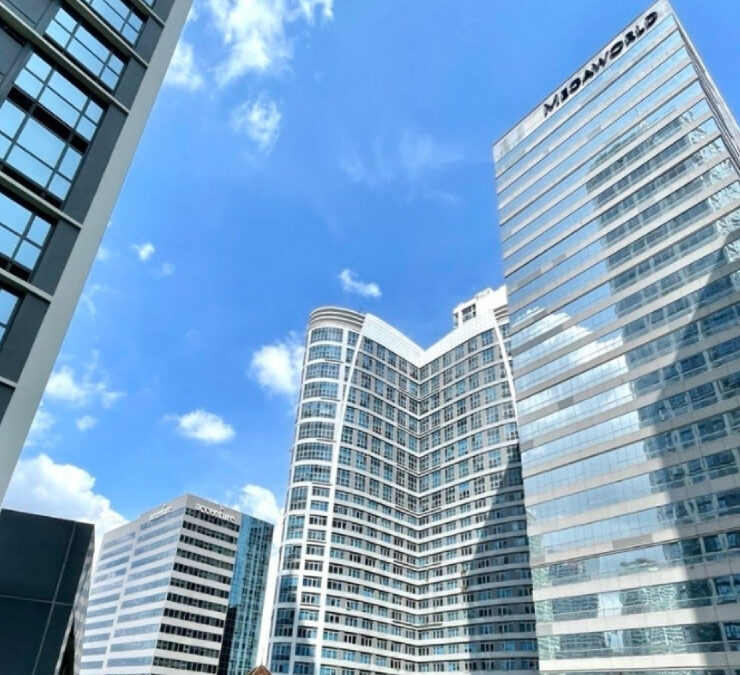Bulacan giving Metro Cebu a run for its real estate money

A new train, an airport and other massive undertakings are shining the spotlight on Bulacan and the rest of Central Luzon as the next investment destinations for real estate investors.
Colliers Philippines said Central Luzon—composed of the provinces of Pampanga, Bulacan, Tarlac, Zambales, Bataan, Nueva Ecija and Aurora—was “rapidly catching up” with Metro Cebu, the top investment hub outside the capital region in terms of offices and residential stock.
Bulacan, the closest province to Metro Manila, especially stands to benefit from upcoming major public and private infrastructure projects, including the New Manila International Airport.
“This ambitious project should raise land and property prices in the province and further unlock the potential of its underutilized areas for more property development,” Colliers said.
The P736-billion project being pursued by diversified conglomerate San Miguel Corp. is expected to help decongest Ninoy Aquino International Airport. It is slated for completion between 2027 and 2028.
Apart from this, Colliers noted the 22-kilometer Metro Rail Transit Line 7, which will connect Quezon City in Metro Manila to San Jose del Monte, would help make Bulacan a major residential hub.
“Moving forward, Colliers sees more aggressive land-banking activities in Bulacan as developers take advantage of the locale’s major public projects,” it said, adding that such excitement could spill over to Pampanga.
The province is already home to the modernized and expanded Clark International Airport, as well as a number of upscale hotels, offices and residential projects.
According to Colliers, the completion of the North Luzon Expressway-South Luzon Expressway Connector, Central Luzon Link Expressway and Manila Clark Railway could “partly lift” land values and property prices.
Tarlac, on the other hand, may be a surprise investment hub, according to Colliers. Known as a major agricultural hub in the country for being one of the biggest producers of rice and sugarcane, it intersects with a number of expressways and roads that could bring in business traffic, tourists and potential investors, Colliers said.
It likewise cited Filinvest Innovation Park as among the key drivers of economic growth in Tarlac, as it would provide an “ideal environment” for logistics, e-commerce and light manufacturing firms.





















